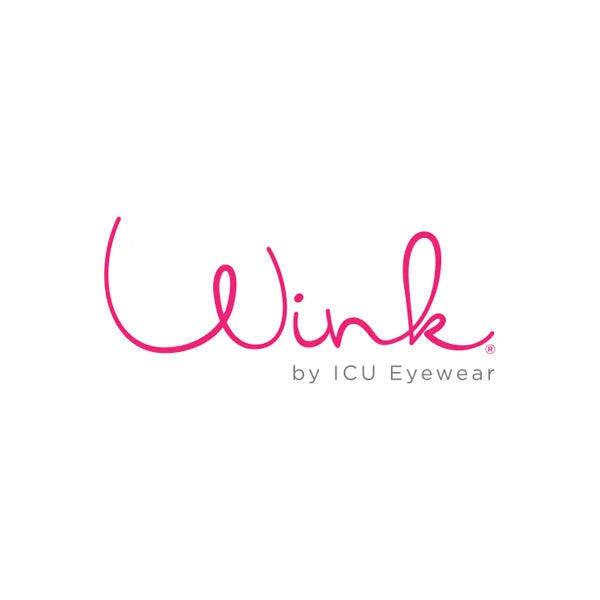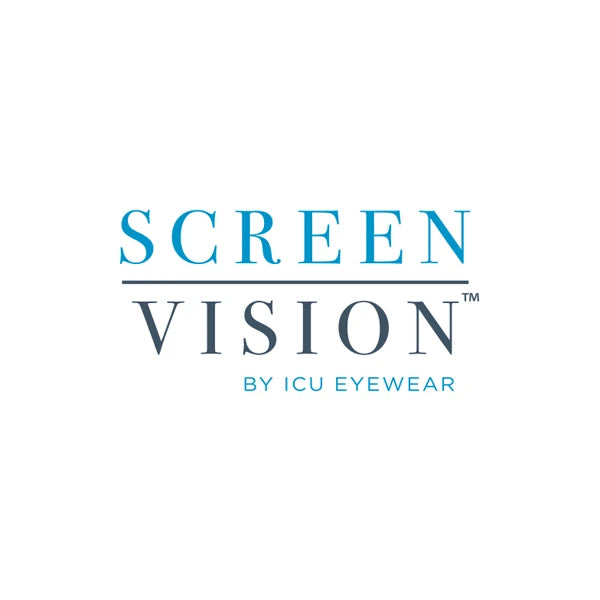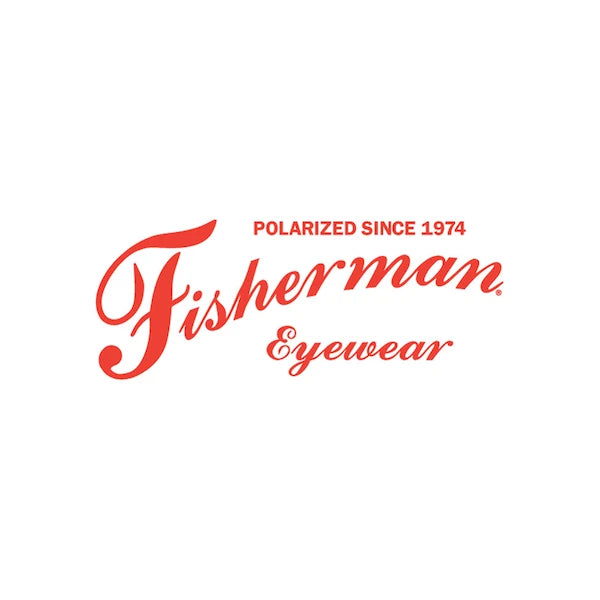
Our eyesight deteriorates as we age, and while this natural process differs from one person to the other, it makes common activities (such as reading a book or working at a computer for an extended period) more difficult.
The structure of the eyes changes as we grow older, and these changes sometimes affect our ability to focus on smaller text up close, leading many to hold restaurant menus, phones, or newspapers at arm's length just to read them. However, all you need to correct this is a set of frames with lenses that use magnification, and that's where reading glasses come in.
If you've noticed your vision changing over time, you're having trouble focusing on smaller text, or you simply want to promote your eye comfort while reading, a pair of reading glasses can help immensely.
What Are Reading Glasses?
Reading glasses are eyewear specifically designed to alleviate symptoms of presbyopia, a common age-related eye condition that usually begins developing around middle age and can develop until around age 65.
In healthy eyes, the eye's lens and cornea refract and bend the light in order to process images by contracting the muscles responsible for relaxing and constricting the lens. When we focus on objects in the distance, the muscles around the lens relax, and when we're focusing on something close by, they contract.
However, these muscles harden and become less flexible with age, which might affect our focus on nearby objects, such as letters on a page. The most common signs of presbyopia are the need to hold newspapers, a book, a phone, or a wristwatch further away in order to read them or squinting your eyes in order to see better.
This can cause other discomforts as well, as struggling to read leads to increased eye strain, which can cause headaches. Fortunately, you can alleviate and even eliminate all the discomforts associated with presbyopia by simply choosing the adequate pair of reading eyeglasses.
Reader glasses are readily available at local drugstores, department stores, and other general retailers without a doctor's prescription. It's important to note that they're not designed to correct vision problems; their primary purpose is to magnify your close vision occasionally throughout the day.
Prescription glasses, on the other hand, can only be purchased at your optometrist's office, as they're custom-tailored to your specific needs. Unlike non-prescription reading glasses, prescription glasses often correct more than just presbyopia.
How Do Reading Glasses Work?
Reading glasses are specifically designed to correct presbyopia, which affects the eye's natural ability to focus on objects at a close-up by compensating for the eye's focusing power.
The most common misconception about reading glasses is the assumption that they magnify small print, allowing you to read. However, the problem isn't with small print, which would be readable were it not for presbyopia, but rather with the eye's ability to focus.
Instead of magnifying text and close-up objects, reading glasses increase the eye's focusing power, which makes nearby objects appear larger and clearer. They do this by providing "positive power" to the eye, called the diopter, which may range between +1.25 to +3.00.
Manufacturers tend to use the terms "magnification" and "diopter strength" interchangeably to ease the confusion among those unfamiliar with the inner workings of eyesight-correcting eyewear. But they're actually not the same for the reasons explained above.
Types of Reading Glasses
Though they perform the same basic function, not all reading glasses are created equal. Here are some of the most common types of reading glasses:
Women's Reading Glasses
In terms of function, there's no difference between men's and women's reading glasses. The primary differences lie in the aesthetics of the frame. The women's reading glasses typically feature more rounded or decorated frame shapes, such as a cat eye design.
They're also designed for smaller and more delicate face shapes using lighter and thinner materials. In general, women's glasses offer more in terms of frame material and design.
Men's Reading Glasses
Men's reading glasses typically feature angular, boldly designed full-frame aviators or even semi-rimless designs, leaning more towards neural or darker color options. The tortoise pattern is still popular, though these frames aren't actually made of tortoise shells.
Full Readers
Full readers are the most common style of reading glasses, as they contain a single diopter throughout the entire lens, and they're suitable for a wide range of close activities.
Computer Readers
Computer readers are very similar to full-reading sunglasses, but there are some deviations in the design. For example, they provide clarity at a somewhat longer distance (20 to 26 inches as opposed to the standard 18-inch distance).
They're also designed for prolonged use in front of the computer and usually come equipped with a blue light filter or a blocker. It's also important to note that you can obtain blue light-blocking glasses without diopters and that they're typically of unisex design.
Bifocal Reading Glasses
Bifocal reading classes combine two prescription lenses into one, with diopters allowing you to focus and see clearly far away but also read up close. Most people prefer these as bifocal reading sunglasses or simply bifocal glasses with a photo gray effect.
How to Pick the Right Reading Glasses
The best way to determine which reading glasses you need, in terms of diopter strength, is to pay a visit to an optometrist or optician. These professionals can perform eye examinations, determine your prescription, and help you select and fit eyeglasses that suit your needs.
Once you determine which diopters you need, the next step is to focus on sunglasses with high-quality scratch-resistant lenses and sturdy frames. If you're interested in the aesthetics, you can refer to our guide on how tofind the perfect glasses.
Summary

In summary, reading glasses are specifically designed to help make reading and seeing things up close easier, so if you're finding yourself squinting at things you once saw crystal clear, it might be the right time to do something about it. Contact ICU Eyewear, and we'll help you find the right reading glasses to help you see clearly once again.















